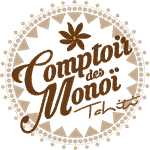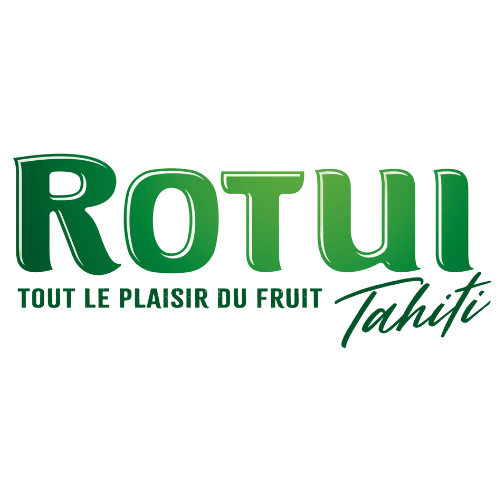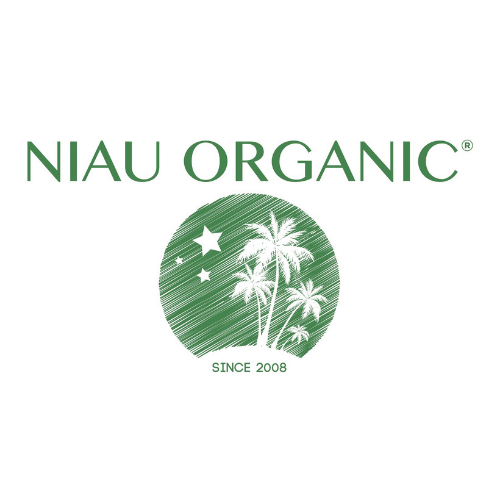
| Mother-of-Pearl | |
|
Pinctada margaritifera, also named black-lipped pearl oyster, is used since the 18th century, and was one of the first noble materials to be used in Polynesia to create fishing tools (fish hook), jewelry, or currency. When the explorers arrived in the 19th century, a new type of trade was developed for the Mother-of-Pearl, highly increasing the exportations, and as a consequence, highly reducing the numbers of Polynesian natural stocks. |
Then, the Authorities put in place fishing quotas from the 20th century to help regulating the harvests. The pearl culture industry started around 1960, with an increasing interest for the black pearl, as the traditional fishing technique by successive diving was not enough anymore for the grafters. |
|
CULTIVATION Nowadays, the mother-of-Pearl’ shells are put on the |
USES The native tribes were giving numerous virtues to the mother-of-pearl. According to them, this iridescent substance, which contributes to protect and reinforce the shellfishes, would also protect and fortify the body. Like bone cells, the cells produced by the mother-of-pearl are able to produce an organic matrix and are able to assure its mineralization. Studies have shown that the proteins allowing this process would be able to stimulate the osteoblast cells for the mankind, and that the mother-of-pearl would also stimulate the dermis cells, contributing to the epidermis regeneration and fortification while giving it protection, elasticity and softness. |







